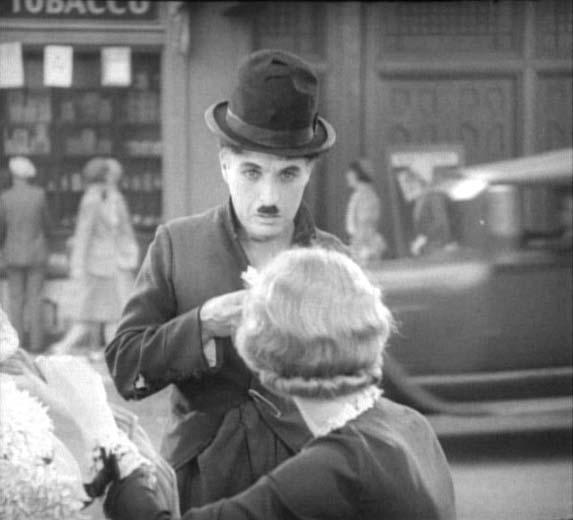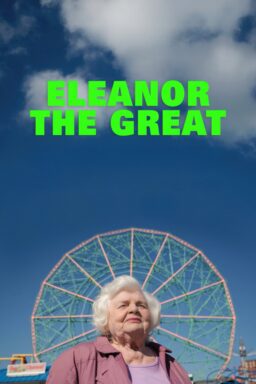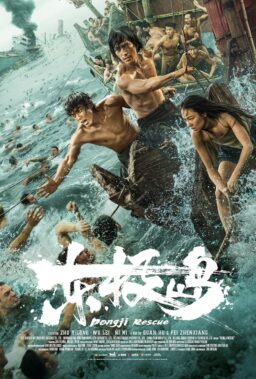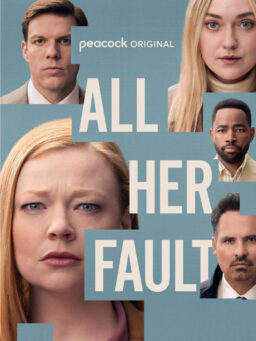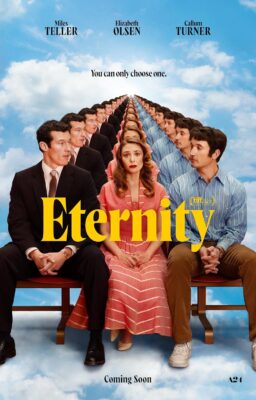Let me tell you two stories about Charles Chaplin, who died on Christmas Day. Both stories take place in Venice, where every one of Chaplin’s dozens of films was shown during a tribute at the 1972 Venice Film Festival. Day after day, for two weeks, Chaplin’s movies were shown at the Palace of Cinema, and day after day the parents of Venice brought their kids to the free screenings, and the kids laughed with delight at these moments that were filmed fifty years before they were born.
And then one day Chaplin himself came to Venice. He was a very old man, snow-haired and frail, but this was the first complete retrospective of his work that had ever been mounted, and so he felt he should come. And on a night near the end of the festival, they did something in Venice that had never been done before.
They turned out all the lights in the Piazza San Marco, that vast square in front of the cathedral, and they told the orchestras of the sidewalk cafes to stop playing “Volare” and go home. And they put up a gigantic movie screen at the end of the square opposite the cathedral and showed “City Lights” on it. And the square was filled with ten thousand people. Italians and tourists, Venetians and people from the mainland, old couples and young lovers and little kids sitting on their fathers’ shoulders.
The movie is about the Tramp, the character Chaplin created in those dozens of short comedies, and then developed in the longer films like “The Gold Rush” and “Modern Times,” and then turned into a savage satire on Hitler in “The Great Dictator.”
The Tramp was always the same, with his tattered clothes and frayed dignity, his cane and his battered hat, and the nobility of his soul. In “City Lights,” the Tramp fell in love with a blind girl who sold flowers in a little shop. And although he didn’t have a penny to his name, he made it possible for her sight to be restored. At the end of the film, there is a moment when the girl and the Tramp meet again. She doesn’t recognize him, of course, but then she reaches out her fingers and touches his face, and from the contours she knows who he is.
I had seen that moment before. But now, standing in the dark in Piazza San Marco with ten thousand other people, I felt the power of it so strongly that my eyes began to mist. And all of that enormous crowd was so quiet that you could hear the pigeons calling from their nests in the stones of the old buildings.
A single spotlight flashed out of the darkness. It shone across our heads and onto a balcony on the third floor overlooking the square. We all turned and looked at the balcony. The doorway was opened and an old man walked forward and stood on it. Charlie Chaplin. We did not applaud at once. We stood, still silent, in awe. The hush lasted three or four seconds, a very long time. And then we cheered and applauded and shouted “Charlie!” He raised his hand and waved to us, and then two people stepped forward to help him back into the room.
That is the first story.
I walked quietly out of the square and down to the landing in front of the Palace of the Doges. The vaporetto came – one of those little boats that run up and down the canals like buses. I took the vaporetto back out to the island of the Lido, where the film festival was being held, and I watched a little boy in his mothers lap as he looked through the Charlie Chaplin souvenir booklet she’d bought him.
I thought to myself that I knew a lot about movies, but that the secret of Chaplin’s greatness, the reason why his movies seemed to speak to everyone in every country, was one I might be able to understand but would never be able to explain. The next day, in the dining room of the hotel on the Lido, I met some friends for dinner. I was seated so that I faced directly toward the dining room door. Half an hour or so after I sat down, I looked up and realized that Charlie Chaplin was standing there in the doorway. He was with a woman – his wife, Oona, I suppose – and a young man who was helping to support him. Maybe one of his sons.
I was the only person who had seen him. He looked around the room. He seemed unhappy in some way. I could not understand why. “Look,” I said. “There’s Charlie Chaplin.” My friends turned to look. He saw them turn. He smiled. He did not know them, but he stepped forward one step, and smiled. Other people turned, and then everyone in the room knew that Charlie Chaplin was there in the doorway. Someone stood up and began to applaud, and then we all did. And Charlie Chaplin smiled again, and waved at us, and then he walked away.
What had I seen in his eyes, in the moment when no one else knew he was in the doorway? How can I possibly know? But did I see the child born in London in 1889, the child of the drunken father who died a few years later, and of the mother who carried him on stage in her arms, the mother who later went mad? The child beaten in orphanages? The child who could never remember a time when he had not performed on the stage? The child who became the single most famous performer of the twentieth century, and who had just been cheered by ten thousand people as he stood on a balcony overlooking Piazza San Marco, and who now, less than a day later, was standing in the doorway of a hotel dining room . . . afraid he would not be recognized?
Of course the Tramp was universal. We were all kids once.

